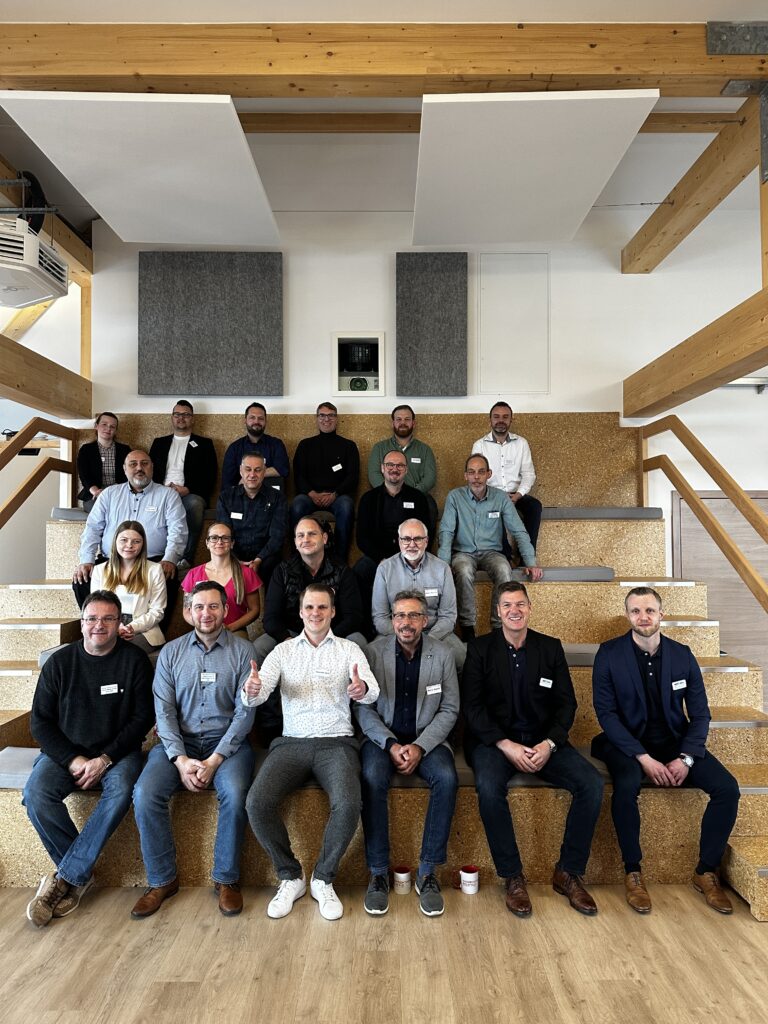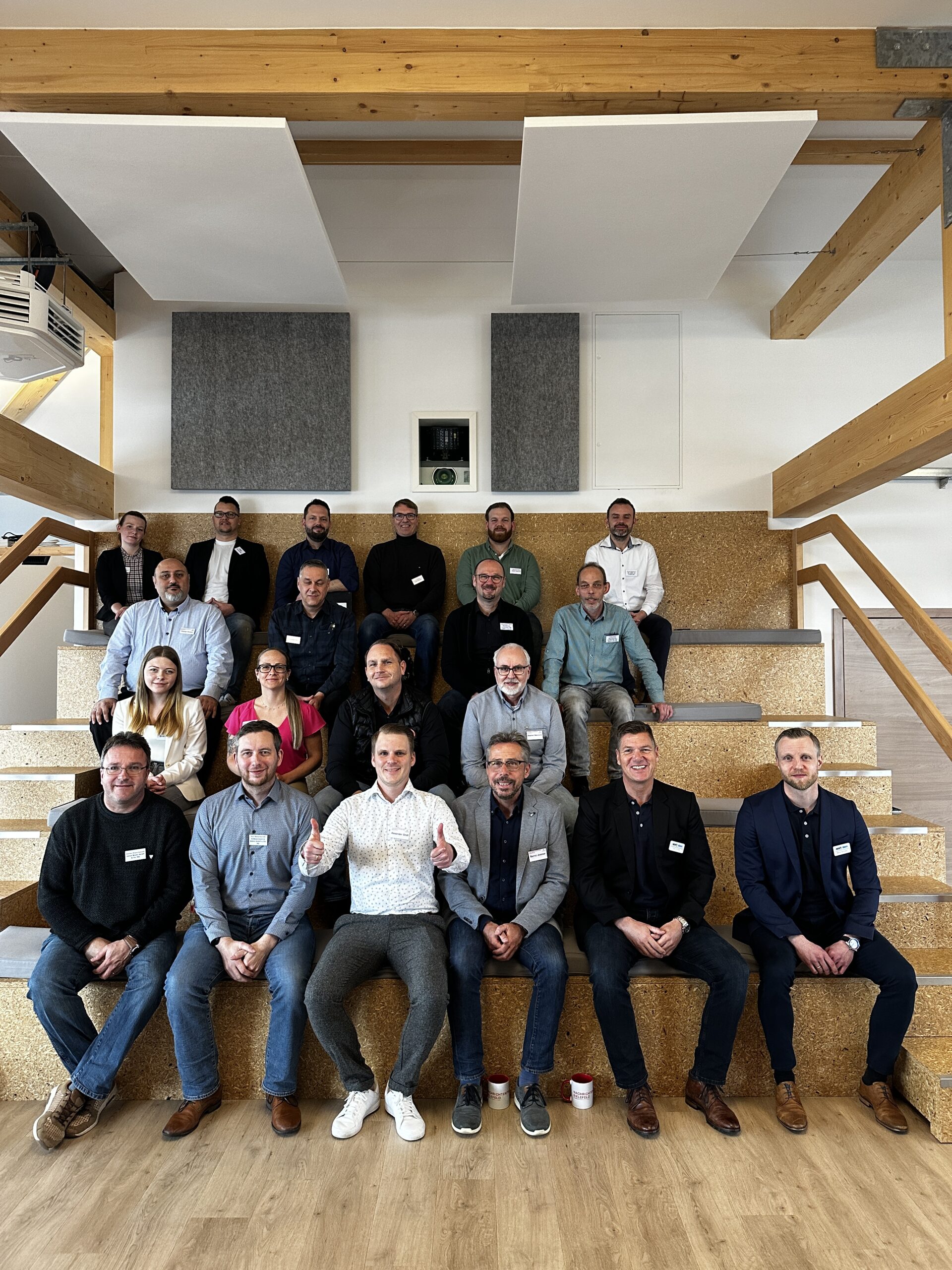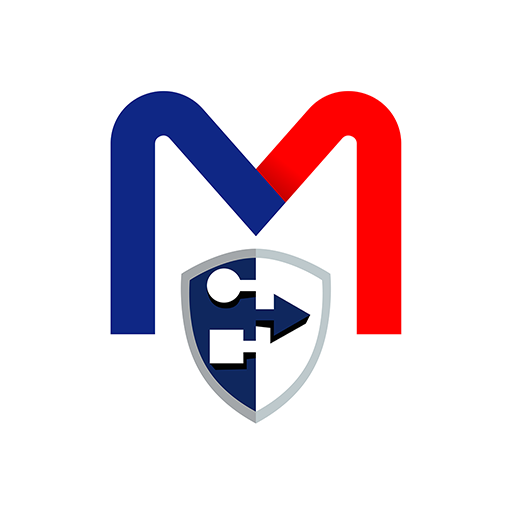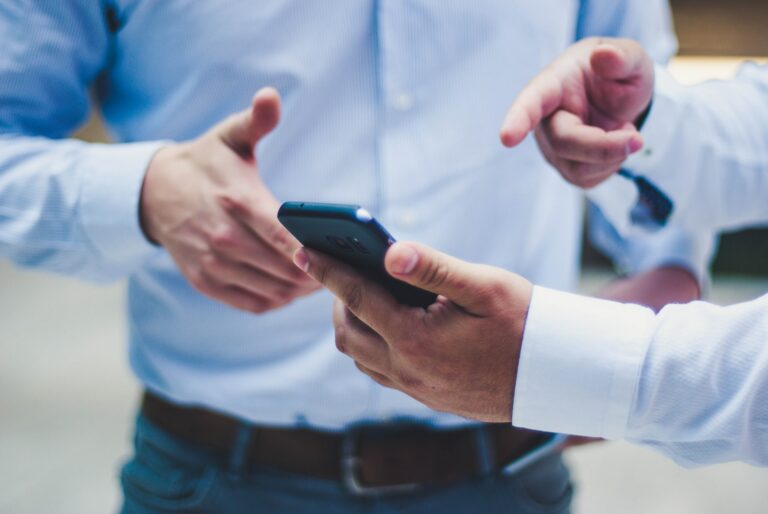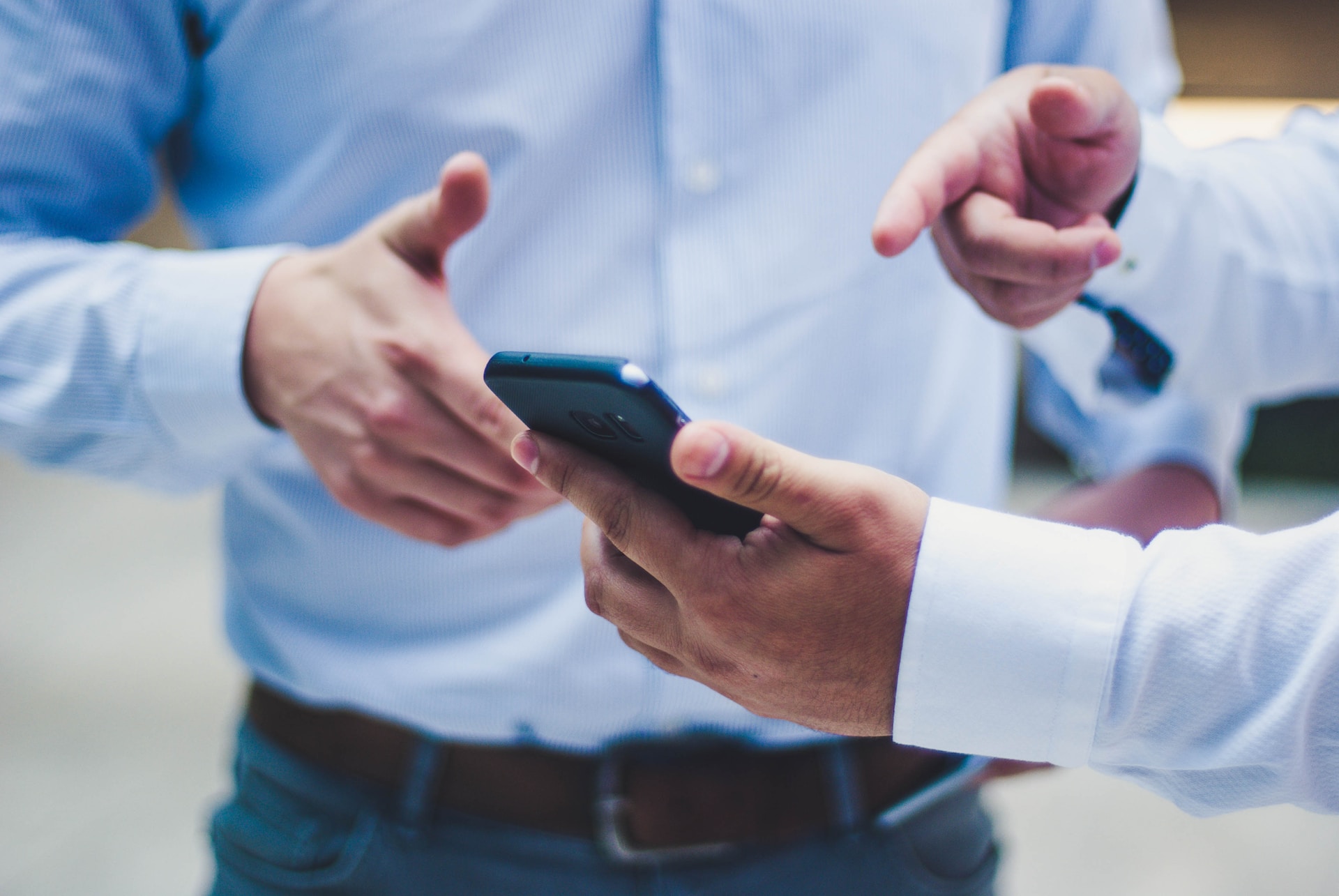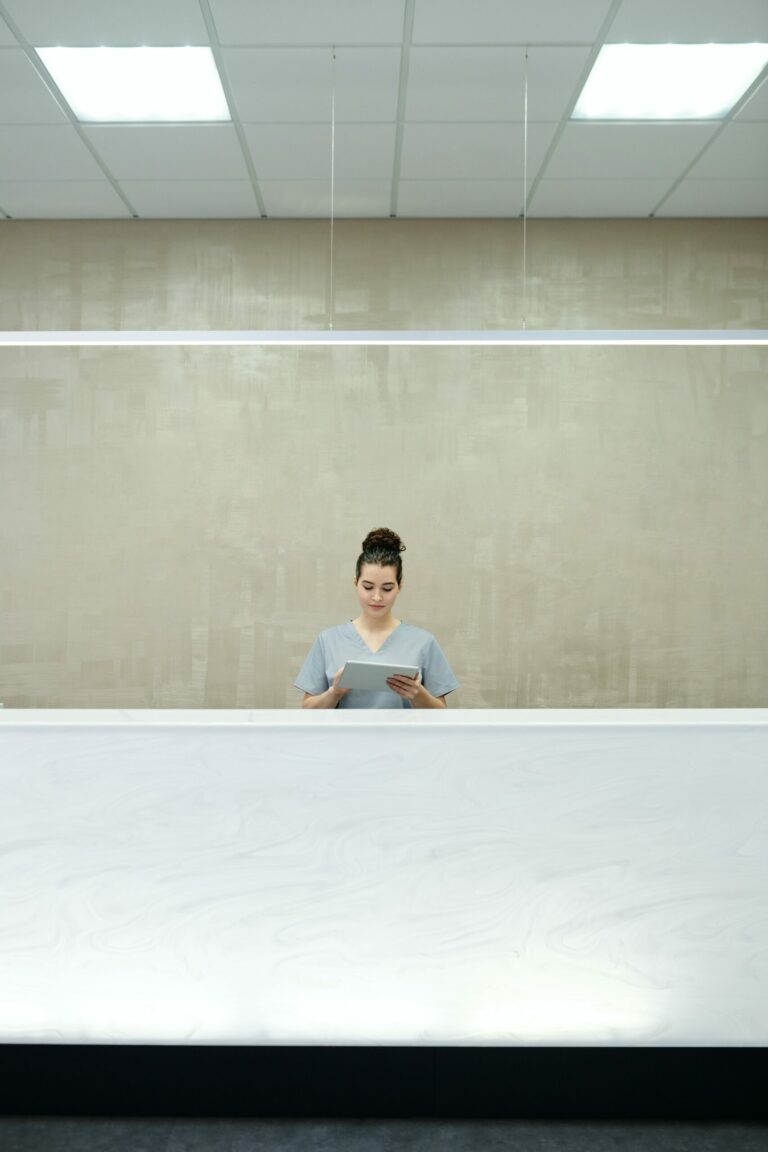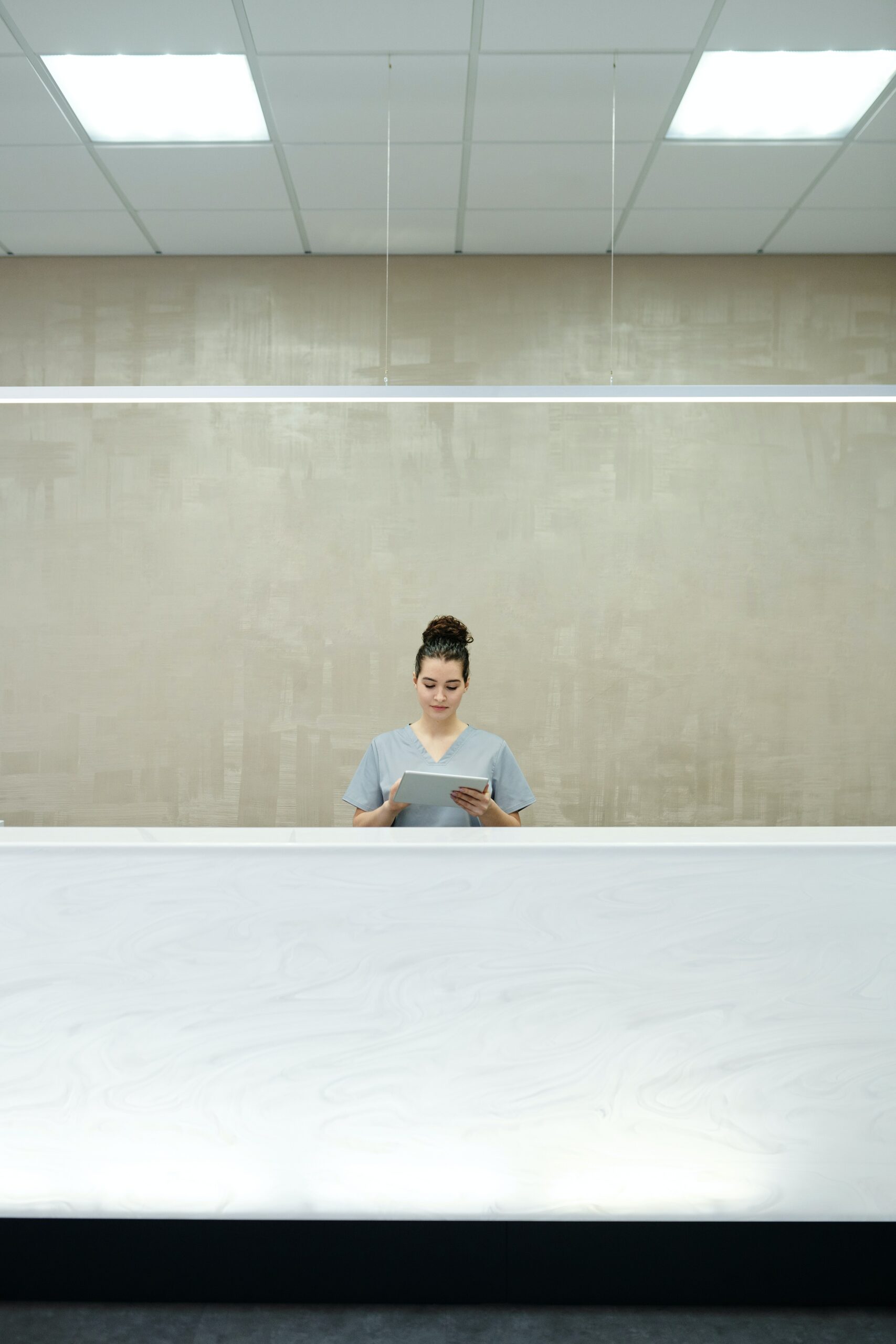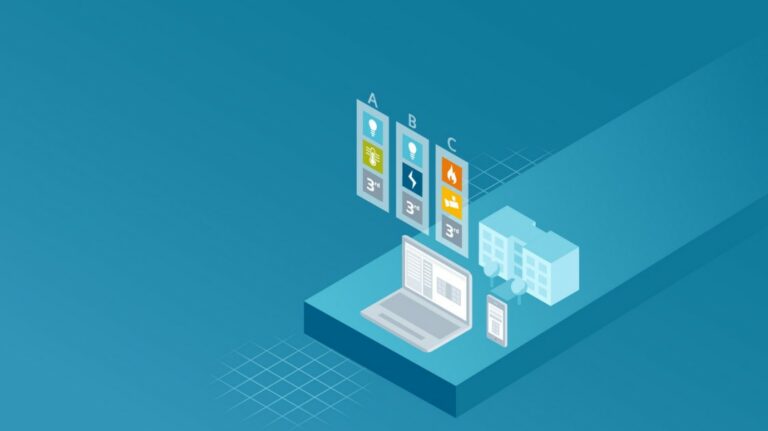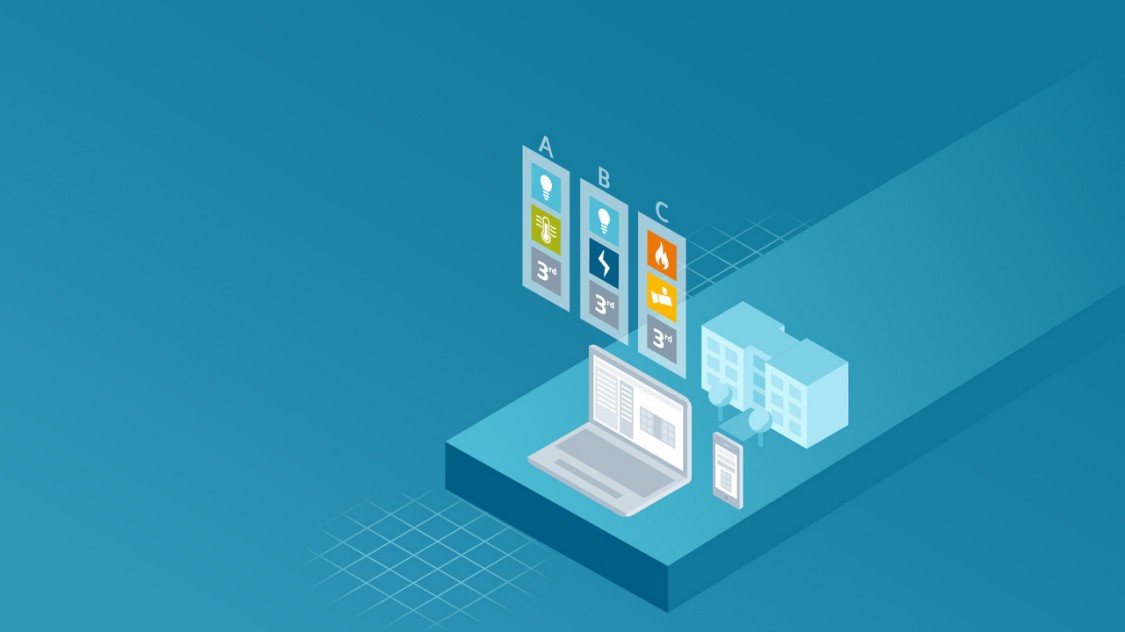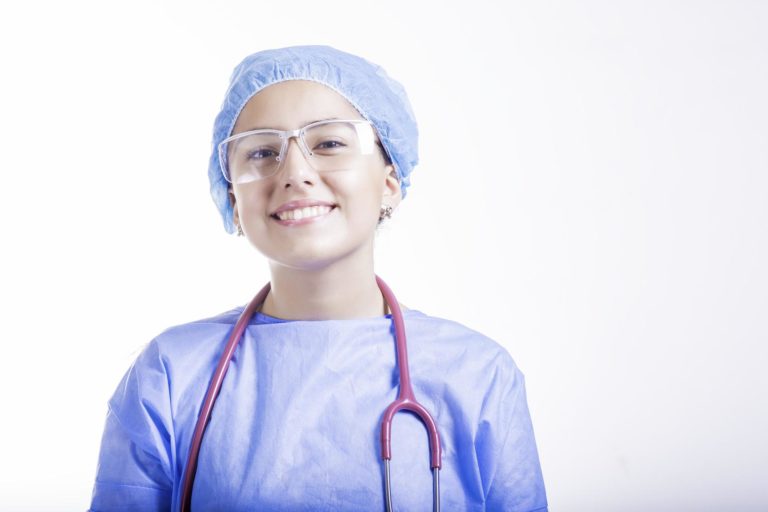
Why Nurse Call Systems are an Essential Part of Modern Healthcare

In today’s fast-paced world, the healthcare industry is constantly evolving, and with it comes the need for more efficient patient care – nurse call system in healthcare play a more and more important role. One of the primary concerns in the healthcare industry is patient safety, and timely communication between patients, staff, and caregivers is crucial in saving life.
This is where nurse call systems come into play as they provide a critical link between patients and their caregivers. In this article, we will discuss in detail what nurse call systems are, why each hospital should have a nurse call system, the new technologies used in nurse call systems, and the benefits of nurse call systems.
What is a Nurse Call System?
A nurse call system is a communication device or system that patients can use to notify their caregivers when they need assistance. A nurse call system can also be used by caregivers to call for assistance from other staff members. The system consists of a call button that is installed by the patient’s bed, toilet or any other needed location, and a communication panel that is installed at the nurse’s station or on a portable device. When the patient presses the call button, the system sends an alert to the nurse’s station, notifying the staff that the patient needs assistance.
Why Should Each Hospital Have a Nurse Call System?
Nurse call systems are an essential part of modern healthcare facilities. They are necessary because they help to ensure patient safety by providing a communication channel between patients and caregivers.
They also help to improve patient satisfaction by ensuring that patients receive timely and efficient care. Without a nurse call system, caregivers would have a difficult time responding to patient needs in a timely manner, and patients would feel helpless and neglected.
What New Technologies are Used in Nurse Call Systems?
Advances in technology have led to the development of more sophisticated nurse call systems. The new nurse call systems come with a wide range of features that are designed to enhance patient care, improve communication, and make the work of caregivers more efficient.
Some of the new technologies used in nurse call systems include wireless communication, mobile devices, voice recognition, and artificial intelligence.
Wireless communication allows the patient’s call to be routed to the correct caregiver, while mobile devices enable caregivers to monitor patient calls and respond to them quickly.
Voice recognition technology allows patients to call for assistance by simply speaking, while artificial intelligence helps to predict patient needs and alert caregivers before a call is made.
These days even mobile apps with integrated features can help to assure the highest safety level as smartphones are very easy to wear, they can inform and transfer information very fast, as well as newest mobile phones assure the easiest usability.
Benefits of Nurse Call Systems
Nurse call systems offer numerous benefits to patients, caregivers, and healthcare facilities. Some of these benefits include:
- Improved Patient Safety:
Nurse call systems play a crucial role in ensuring patient safety. They allow patients to call for assistance whenever they need it, and caregivers can respond to these calls quickly, preventing potential accidents or injuries.
- Increased Efficiency:
Nurse call systems help to improve the efficiency of healthcare facilities by enabling caregivers to respond to patient calls faster. This results in a more streamlined workflow and reduces the wait times for patients.
- Enhanced Communication:
Nurse call systems provide a clear communication channel between patients and caregivers. Patients can ask for assistance whenever they need it, and caregivers can communicate with other staff members, ensuring that patients receive timely and efficient care.
- Improved Patient Satisfaction:
By providing patients with a way to call for assistance whenever they need it, nurse call systems help to improve patient satisfaction. Patients feel reassured that they can ask for help whenever they need it, and caregivers can respond to these calls quickly, providing a more positive patient experience.
- Cost-Effective:
Nurse call systems are a cost-effective solution for healthcare facilities. They help to reduce the workload for caregivers, allowing them to focus on delivering quality care to their patients. This, in turn, leads to better patient outcomes and reduces healthcare costs in the long run.
Nurse call systems are an essential part of modern healthcare. They help to improve patient safety, enhance communication, increase efficiency, improve patient satisfaction, and reduce healthcare costs. As technology continues to advance, nurse call systems will only become more sophisticated, and their importance in the healthcare industry will continue to grow. Therefore, every hospital should invest in a nurse call system to ensure that they are providing the best possible care to their patients.
8 Steps of Nurse Call System in Healthcare with New Voice International
We have been working for more than 30 years with Nurse Call System in healthcare developed our own system with software which allows healthcare givers to provide the best possible services in hospitals in healthcare facilities.
Our 8 steps process assures that every included part is informed and can react in the fastest manner:
1) Resident/patient requests assistance via emergency button
2) Information transfer from the nurse call system to the alarm server
3) Alerting of ward stations according to shift schedules, so all responsible people get the correct information
4) A nursing specialist acknowledges the alarm
5) Escalation starts if no one acknowledges the alarm within 90 s
6) Alerting of the adjacent station
7) A nursing specialist of the adjacent station acknowledges the alarm
8) Full documentation of the alarm events is saved and provided for management team
With our 8 steps process we can assure that no person is left alone or distressed. Every patient will get help as fast as possible.
If you need to help install or improve your nurse call systems in your healthcare facilities, we would be more than happy to help.



